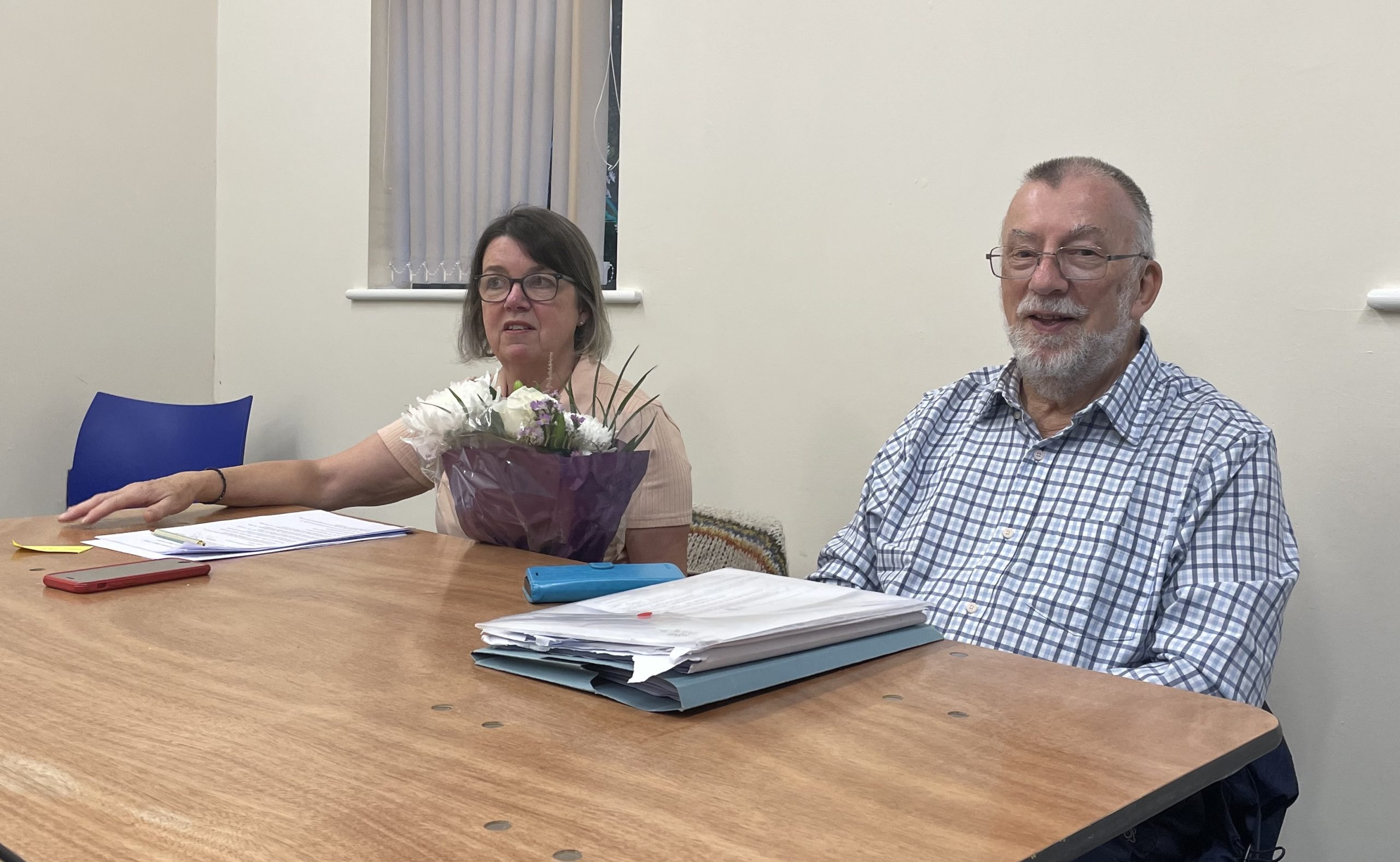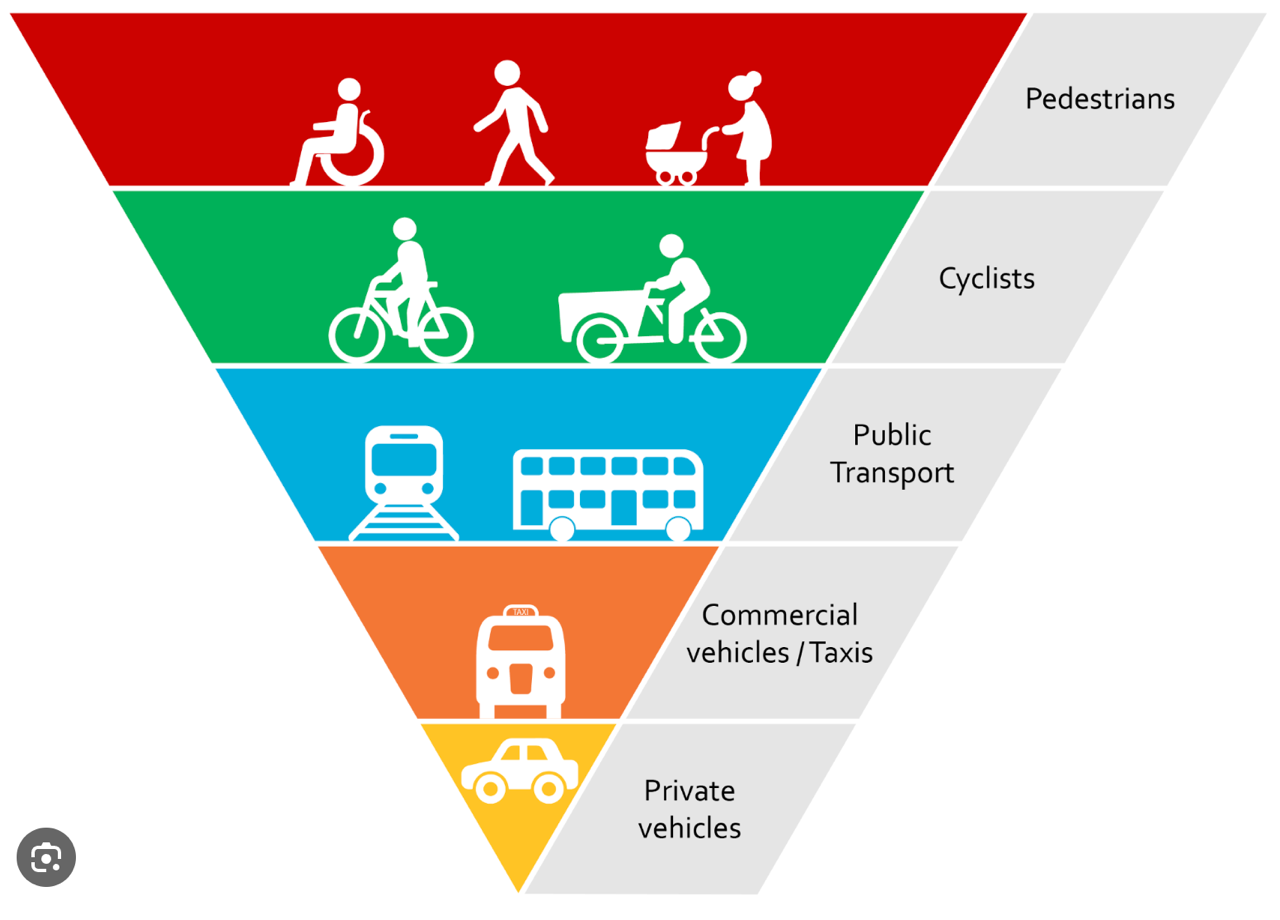On 19th March 2025 Neston Community Energy held an Open Meeting to present the findings of a Feasibility Report into a solar park at the Clayhill Landfill Site, Neston. The following Executive Study was updated in September 2025 to include advice from the planning department at CWaC.
Executive Summary
This report assesses the feasibility of a low carbon solar energy system at the Clayhill Industrial Estate landfill site in Neston, Cheshire. The recommendations summarised in this document establish how a renewable energy generation development could benefit commercial properties in the community, via reducing energy bills and greenhouse gas (GHG) emissions.
Project summary
This feasibility study has been conducted with the support of the Community Energy Fund by Neston Community Energy (NCE), a local community-benefit society which encourages and supports low carbon opportunities at the local level.
Undertaken during 2024/25, the study objectives are to:
- Reduce greenhouse gas (GHG) emissions from energy consumption.
- Reduce cost of energy use for local commercial properties.
- Reduce energy price volatility and improve security of supply.
Furthermore, the project seeks to deliver a system which is owned and operated for the benefit of the Neston community, where prospective systems are envisioned to be owned and operated by NCE – for the benefit and use of local commercial residents.
Feasibility summary
The proposed scheme is technically viable, though significantly more complex than typical ground-mounted solar arrays. This is due to the site being a historic landfill, requiring a design solution tailored to the ground conditions and, critically, ensuring minimal invasive works which may impact on the landfill and the clay cap which contains it.
A summary of the recommended energy system options is provided below, alongside information about the technical specifications, financial viability, and wider implementation considerations.
Scenario 1: Optimised Solar Array, Local Supply
This scenario would have a total installed capacity (TIC) of 486 kWp optimised for the available development area, leading to reductions in energy bills and modest revenue generation from electricity export. The electricity generated would be supplied to one or more commercial properties within the industrial estate, with excess electricity sold via export to the grid. The system is anticipated to cost £801,100, with a lifetime cumulative net income of £1.6m and carbon savings of 3,050 tCO2e. This system would have a payback of 14 years, and a positive internal rate of return of 9.8%.
Scenario 2: Optimised Solar Array, Export Only
This scenario would have a total installed capacity (TIC) of 486 kWp optimised for the available development area, with revenue generation from electricity export only, via a preferred tariff rate (10.4p/kWh). The system is anticipated to cost £754,830, with a lifetime cumulative net income of £0.9m and carbon savings of 3,050 tCO2e. This system would have a payback of 19 years, and a positive internal rate of return of 7%.
The design principles proposed for the solar array are based around non-invasive methods, mounting solar panels on ballasts on top of the landfill site. There is a precedent for this type of design in the UK energy industry and it greatly reduces the impact that the array may have on the landfill and any potential negative impacts on the site or nearby properties. On this basis, and in line with the planning assessment conducted in this report, the scheme is viewed as having positive prospects of obtaining planning permission.
Due to the site’s sensitive nature, engagement was conducted with the local planning authority, Cheshire West and Chester (CWaC), to ascertain the likelihood of requiring an Environmental Impact Assessment (EIA) to be produced before planning permission can be granted. It was determined that due to the development’s characteristics and location, no significant impact on the environment is likely. Therefore, an EIA is not required for this development. In addition, pre-planning advice provided by CWaC highlighted the social and environmental benefit that the development could bring to Neston through investment and community ownership, indicating support for utilising previously developed land for the proposed scheme.
Financial Prospects
Achieving financial viability is reliant on a local energy customer with high and consistent energy demand. This unlocks the potential for a private wire network to a local end user, and therefore greater revenue generation from supply of electricity. As of 2025, there is no viable or interested customer adjacent to the site which meets this criterion. An alternative model for viability is a preferential export rate, allowing all energy to be exported to this grid with a Power Purchase Agreement (PPA) secured with an energy supplier. At a preferential PPA rate established in Q1 2025, the project is marginal but profitable.
A Social Return on Investment (SROI) assessment was also undertaken to measure the resultant social and economic value of each development scenarios. It demonstrates that scenario 1 (local supply) has a much greater social value impact, delivering up to £2 million in local value over the project lifetime.
Conclusion
The most favourable opportunity is the optimised solar array suppling low carbon energy to nearby commercial properties. This would providing significant return on investment and revenues for community benefit. While an export-only approach at a preferential PPA rate is also feasible, the lower revenue generation potential, and therefore community benefit funding available, makes the local-supply approach the preferred development solution.
The export only scheme is the recommended approach where a local supply customer cannot be secured. As this option is marginal, a decision is required on the cost-benefit of the project before it can be progressed.
Our recommendation is to progress the project further as a community-led venture, seeking to de-risk the project prospects by securing an option agreement with the landowner (CWaC Council), conduct a detailed system design, develop a business plan, and secure planning permission. This will ensure that the community is best placed to progress the scheme where a local customer is identified and / or preferential export rates are secured.







